Philadelphia has always been a locus of the 20th-century Studio Furniture Movement that rejected mass production and embraced one-of-a-kind, personal expression. There are many reasons for the city and region’s prominence, but a few factors stand out: a number of great, local, teaching woodworkers; the opening in the 1960s of the Works Gallery, followed 20 years later by the Snyderman Gallery; and two influential designer/makers, George Nakashima and Wharton Esherick.
Elevation of the everyday
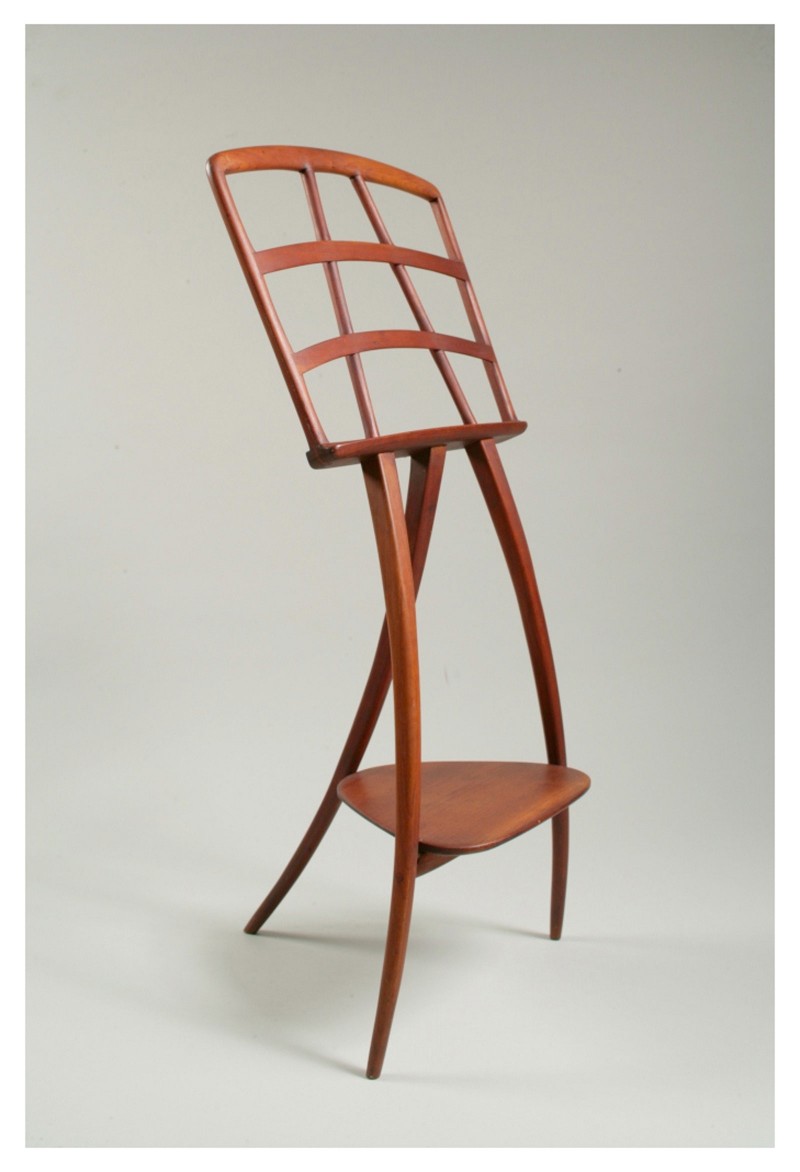
Nakashima (1905-1990) and Esherick (1887-1970) were two 20th-century furniture-makers who had a tremendous influence on the making of studio furniture during their lives and whose importance is still apparent long after their deaths. A Nakashima dining table sold at Freeman’s Auction last week for $125,000. An Esherick shelf made of a single board had a pre-sale estimate of $9,000 to $14,000.
Nakashima’s natural-edged, soul-of-the-tree design philosophy was new, easy to grasp, and on display at his workshop in nearby New Hope. Esherick had no identifiable style. His innovative approach to common items from music stands to staircases challenged furniture-makers to think outside the right-angle box for every piece they built. His studio/museum in Paoli is still an exciting visit for anyone who appreciates creativity in wood.
While Esherick struggled to make a living during his lifetime, Nakashima had a very successful business. He was profiled in Life magazine in 1970 and counted the Rockefellers among his clients.
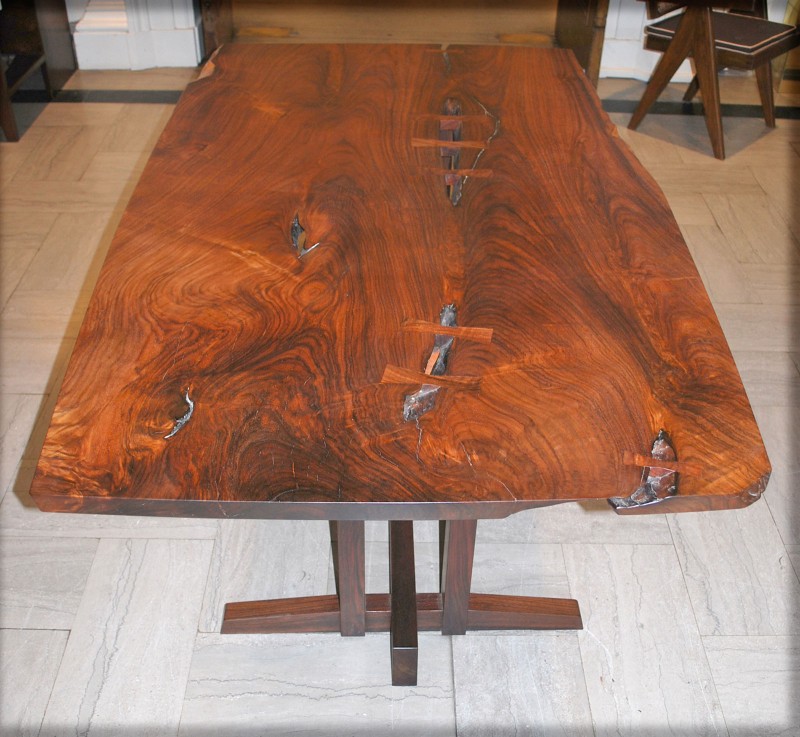
Sold at Freeman’s Auction, March 20, 2016 for $125,000. Photo by Ron Kanter.
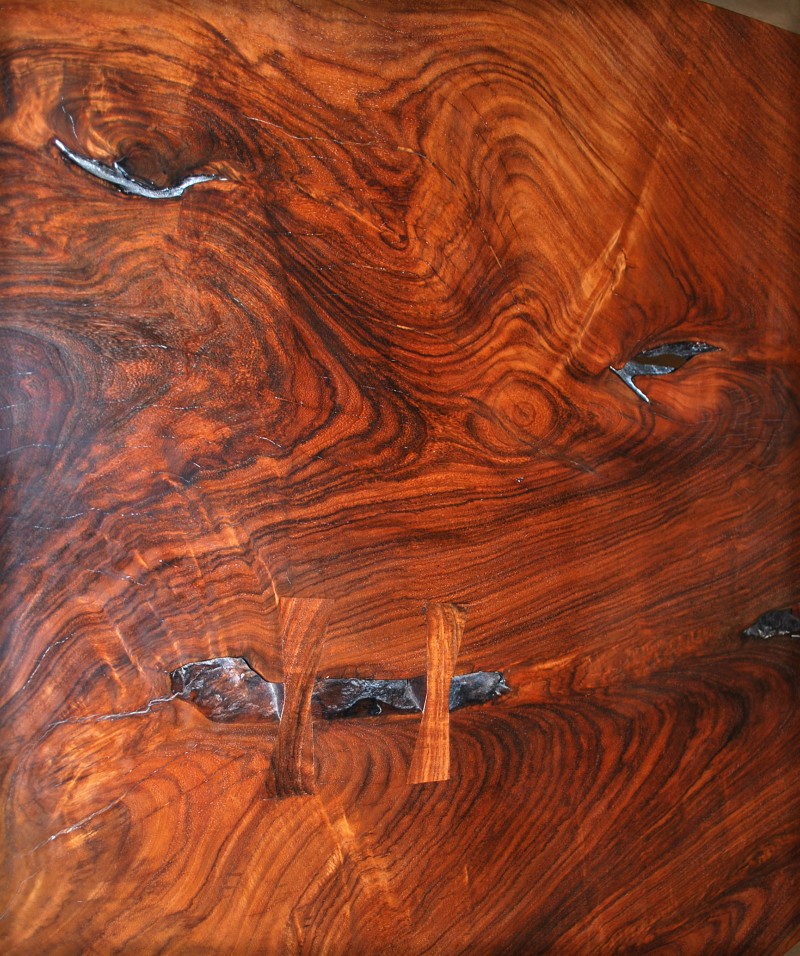
Sold at Freeman’s Auction, March 20, 2016 for $125,000. Photo by Ron Kanter.
Philadelphia’s part
In the ‘70s and ’80s, nationally recognized wood craftsmen were teaching at two local colleges. Mark Sfirri, a woodturning innovator and thoughtful student of woodworking history, is still teaching at Bucks County Community College after 35 years. He is best known for his multi-axis wood turnings. By removing a turned object from the lathe and repositioning it on the lathe off-center before turning it again, the object takes on a drunken or wobbly character rather than the smooth symmetrical appearance of traditional turned bowls and spindles. The result is often-humorous distortions of common objects and serious pieces of sculpture that deserve their place in the permanent collections of the Smithsonian Museum’s prestigious Renwick Gallery and numerous other major museums.
Jack Larimore, whose work often challenges the definition of furniture, and Richard Kagan, who opened one of the first galleries in the country specializing in studio furniture, are just two of the important artisans who have taught at the University of the Arts Furniture and Design Department.
Another critical factor in the emergence of Philadelphia in the Studio Furniture Movement was a place to show and sell the work. Ruth Snyderman opened the Works Gallery in 1965. It was one of the first exhibiting galleries in the field of contemporary studio crafts. In 1983, Ruth and her husband, Rick, co-founded a second significant venue, the Snyderman Gallery, an exhibition space primarily for studio furniture and sculptural glass.
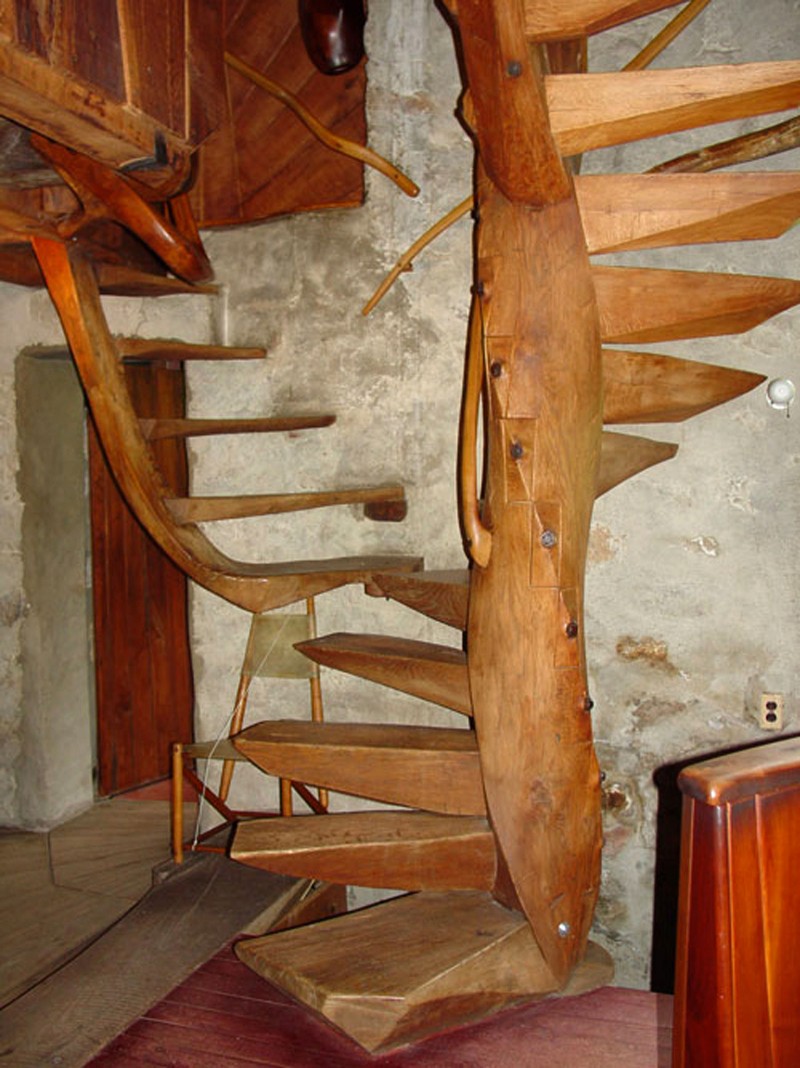
Galleries are important, but making a living as an artist or a craftsman wasn’t any easier in the ‘80s than it is now. Your mother wasn’t totally off the mark when she said you should study accounting. Ask any maker who doesn’t have a trust fund, a teaching job, or a partner with health insurance.
Some crafts, however, are a little easier to sell than others. Jewelry, knitwear, pottery, and glass come at all price points, from inexpensive to outrageous. Pieces fit easily in a closet or on a shelf, and if buyer’s remorse strikes, the items can live out their lives in that closet or be gifted away.
Furniture is another story completely. It takes a long time to make a table or a chair. Time is money, so furniture tends to be relatively expensive. And furniture can take up significant space. A table you love still requires a place in your home, and most homes can’t accommodate two dining tables. These factors—cost, space, long-term commitment—make handmade furniture a serious commitment rather than an impulse buy.
Twenty-two years ago, Joshua Markel and Bob Ingram, two talented Philadelphia furniture-makers who participated in regional craft shows, recognized the dilemma for furniture artists. Even when attendance at the shows was good, there were few buyers for furniture. It was apparent to them to connect with people who would appreciate their furniture and make the commitment required to purchase it, they needed a different showcase.
The idea for the Philadelphia Furniture Show was born.
“Philadelphia furniture makers cooperated and competed,” according to Markel. He and Ingram sent out in inquiry to everyone they knew about having a furniture show.
Apparently, the timing was perfect. The first Philadelphia Furniture Show was held in 1994 at the original Philadelphia Convention Center on Civic Center Boulevard. Markel and Ingram were joined by 60 other furniture-makers.
Finding a foothold
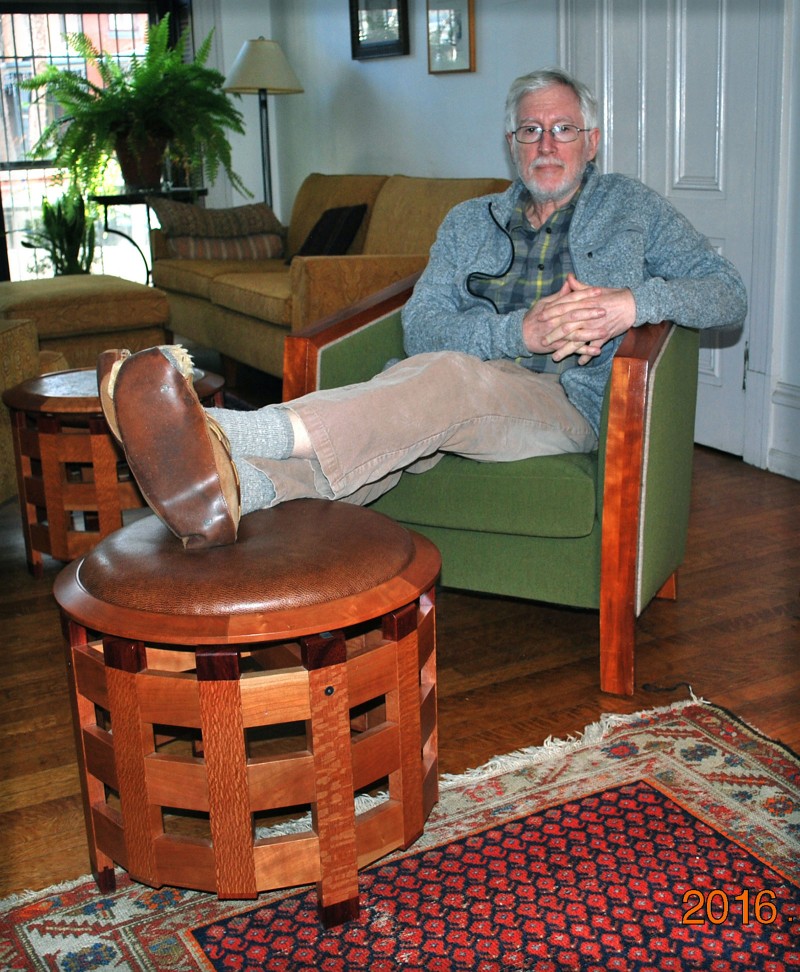
“During the first five years, it took off like a rocket,” said Markel of the new Philadelphia Furniture Show, which quickly grew to 250 exhibitors. Unfortunately, public taste often changes over time. By the new millennium, attendance—and with it, the number of exhibitors—had dropped back to 65 or 70. The convention center setting, a sterile, concrete-floored, windowless space with fluorescent bulbs overhead, was the antithesis of the fine craftsmanship on display.
As Markel sees it, the other big issue in the contraction of interest in one-of-a-kind studio furniture is that “interest in craft and the backstory of how it was made shifted to interest in design and the manufacturing process.”
IKEA and Knoll are two examples of appealing furniture that combined good design with state-of-the-art manufacturing processes. IKEA had been opening stores throughout Europe in the ’60s and ’70s. Ironically, suburban Philadelphia was the site chosen for the first IKEA store in the United States. It opened in 1985.
Another example of this shift away from traditional woodworking practices is the work of Wendell Castle (b. 1932). Although not a Philadelphian (he was born in Kansas), Castle is a nationally known, innovative furniture-maker who built furniture using stacked wood lamination. He had begun to use fiberglass and epoxy for his signature pieces. He still makes some pieces in wood, but a recent Bloomberg.com article about his work had a headline reading, “Robots Are Making Furniture That Costs $340,000.”
Castle’s evolution from wood to other materials may not be surprising given his undergraduate degree in industrial design and his MFA in sculpture. He had always been more interested in art and design than in furniture per se.
Markel realized he had to reconfigure the show, but he didn’t give up on making furniture or helping other makers to show their work to the public.
In 2007, the Furniture Show moved to the Cruise Ship Terminal, a beautiful, 19th-century brick ship-building hall within the Philadelphia Navy Yard. The high ceiling and natural light were a much better context for handmade furniture.
Around this time, Bob Ingram left the show’s management team. Markel was happy to keep producing the show at the Navy Yard until rising rents forced it to move.
In 2012, the show moved to the 23rd Street Armory located between Market and Chestnut Streets. In Part 2 of this article, I’ll talk about the future of the Philadelphia Furniture Show under its new management and some of the exhibitors who have participated for over 20 years.
This year, the Philadelphia Invitational Furniture Show at the Armory runs from Friday evening, April 8 through Sunday, April 10.









